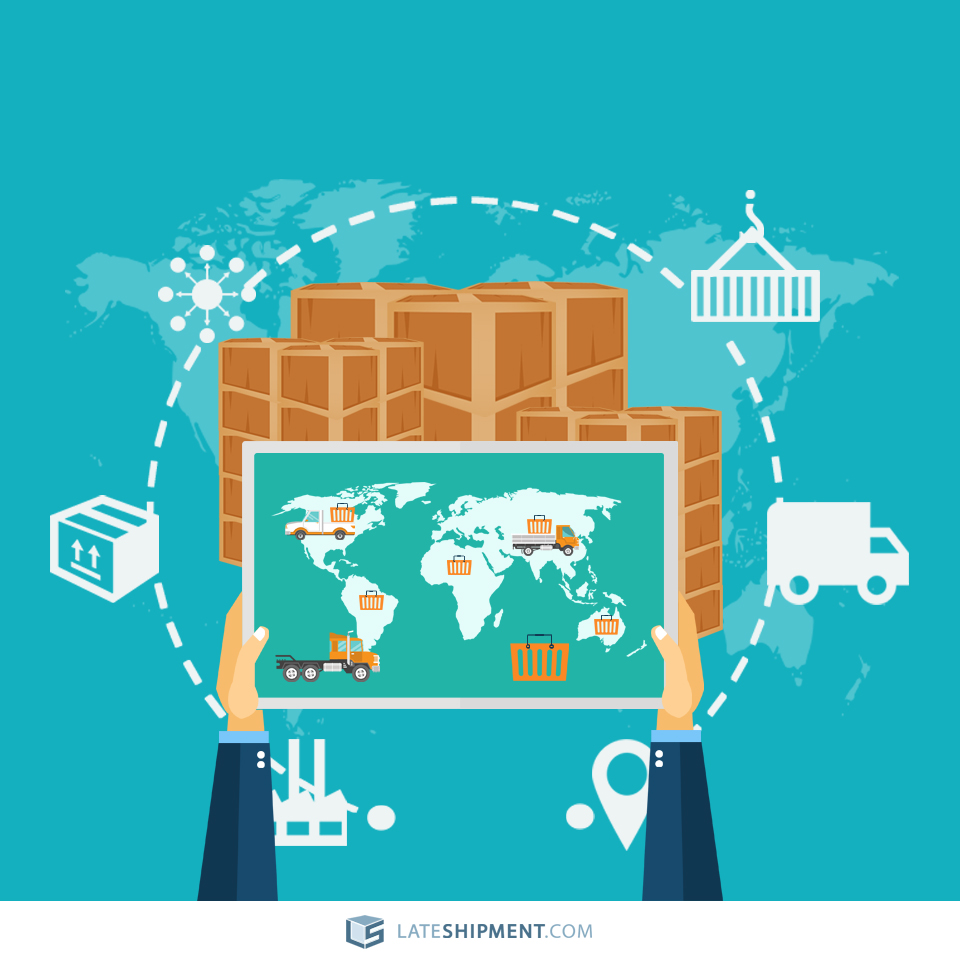This is an age where dynamic and fundamental changes are shaping the logistics operations and strategy for the better. The communication and collaboration potential of the Internet as we know it today, are improving logistics strategies, processes and systems. The new paradigm in logistics will help in saving millions of dollars of operating costs, achieving better supply chain integration, and increasing market power through customer-focused fulfillment. The internet helps in tremendous increases in supply chain velocity and cost reduction by information sharing and logistics synchronization amidst all partners in the supply chain. This transformed logistics is called digital logistics. It uses a host of web-based, enterprise logistics applications for collaboration and optimization and a central logistics information system to provide visibility all around the enterprise and extended supply chain.
The most important areas in digital logistics are:
- Distribution: Improved, current generation fulfillment processes and real-time warehouse management system (WMS) technology.
- Transportation: Automated load building, optimization of inbound and outbound freight movements, and efficient management of carriers.
Digital logistics ensures that there is end-to-end visibility in inventory, orders, and shipments across the supply chain. It reduces network-wide inventory levels, maximizes customer satisfaction, and responds dynamically to logistics events. There is a central command and control centre to aid decision making. So, the system becomes very efficient. There is increased visibility to performance metrics that helps in continuous improvement. All information is accessible online and allows people to filter information and gain comprehensive knowledge on problems if any.
Everything becomes easy with GPS tracking system. A parcel can be tracked in real time from anywhere in the world. A slight delay in the parcel’s path is known immediately to everyone concerned. And if there is need for rerouting, it can be done as soon as possible. With the advent of digital logistics, it has become very easy to eliminate loss of packages, wrong destination deliveries and package delivery failures. Weather conditions are predicted and deliveries are scheduled accordingly. From the moment the item is picked from the warehouse to the second it reaches destination, the entire path is charted digitally. There is no room for error.
One of the important factors in moving to digital logistics is the need for flexibility to integrate with newer systems to communicate information, synchronize activities, and collaborate across processes. Digital applications are based on a central repository of all logistics information. Stakeholders can view information, add or modify details.
The incorporation of groundbreaking research like data analytics, data sciences, and machine learning are used in logistics, along with the digital know-how, to enhance the technologies and processes. People study previous data and come to conclusions on strategies. For example, last year’s peak season shipping data can help in shaping this year’s data.
Related:








